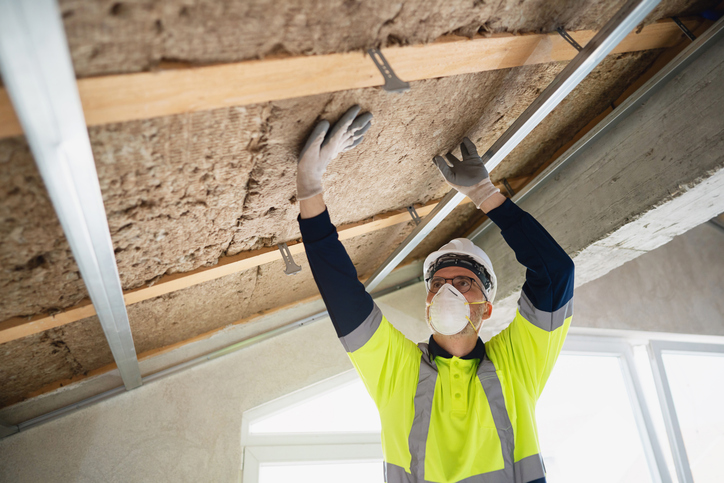The 5 Most Common Causes of Vinyl Siding Damage
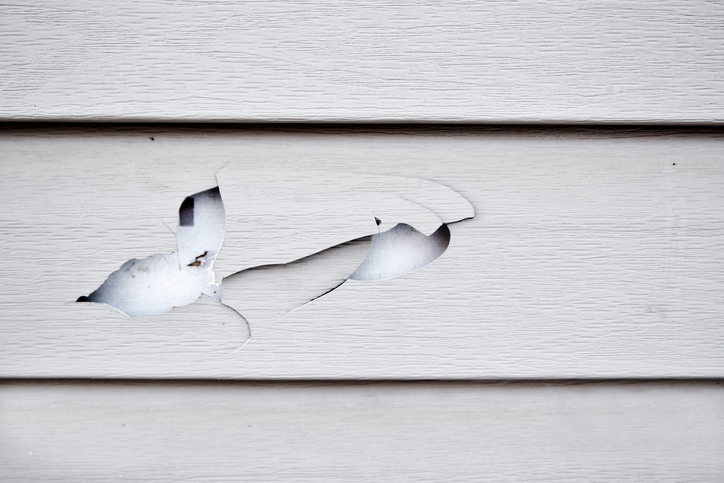
The 5 Most Common Causes of Vinyl Siding Damage
November 8, 2024
Five Common Causes of Vinyl Siding Damage
For many homeowners, vinyl siding is one of the most sought-after materials for their home’s siding. It’s durable, aesthetically pleasing, and a classic! It’s known for lasting, in many cases, beyond 50 years. And while it often outlasts other choices, some common problems could pop up throughout the years that can cause damage and affect your humble abode’s structural integrity. Understanding what can cause this damage—and how to prevent it—can save you time, money, and plenty of headaches.
Here are the five most common causes from our JM Roofing team of vinyl siding damage and what you can do to keep your siding looking and performing its best:
1. Extreme Weather Conditions
Nature can be harsh on vinyl siding. Heavy storms, strong winds, hail, and extreme heat or cold can all take a toll. Wind can dislodge panels, hail can leave dents, and prolonged exposure to harsh sunlight may cause the color of your siding to fade or warp.
Prevention Tip: Regularly inspect your siding after storms to catch damage early. Avoid placing grills or fire pits too close to your siding to prevent warping from heat. If you live in an area with extreme weather, consider higher-grade vinyl designed to withstand the elements.
2. Improper Installation
Even the best-quality siding can’t perform well if installed incorrectly. Panels that aren’t securely fixed can rattle, warp, or even detach entirely during high winds. Additionally, vinyl siding expands and contracts with temperature changes. If it’s nailed too tightly, it may develop cracks over time.
Prevention Tip: Always hire professional, experienced installers to ensure the job is done correctly. If you suspect your siding was improperly installed, have it checked by a pro before minor issues turn into major problems.
3. Moisture and Water Damage
Although vinyl siding is designed to repel water, moisture can still become a problem if there are leaks or gaps where panels overlap. Water can seep behind the siding, leading to mold, mildew, or even rotting of the materials underneath.
Prevention Tip: Check for loose or damaged panels and address them immediately. Also, ensure gutters and downspouts function correctly to keep water away from your home’s exterior.
4. Impact Damage
From stray baseballs to errant lawn equipment, physical impacts commonly cause vinyl siding damage. Even tiny cracks can compromise the siding’s ability to protect your home.
Prevention Tip: Be mindful when using yard equipment like mowers or weed trimmers near your siding. Encourage family members and kids to play away from the house to minimize accidental impacts.
5. Pests and Animals
Small animals and insects can be surprisingly destructive. Birds may peck at vinyl, while rodents or insects, like termites, can nest behind loose panels. Over time, even minor animal activity can cause significant damage if not addressed.
Prevention Tip: Perform routine inspections to check for nests, droppings, or other signs of pests near your siding. Seal any small gaps or openings that might invite critters in.
Contact Us For Siding Installations in Norwalk
When it comes to ensuring your siding lasts and is safe for your family, you need to hire the best contractor possible. The experts at JM Roofing and Siding are licensed and insured to serve you in Norwalk, Connecticut, and the surrounding areas. Contact us today for a free estimate!
Recent News
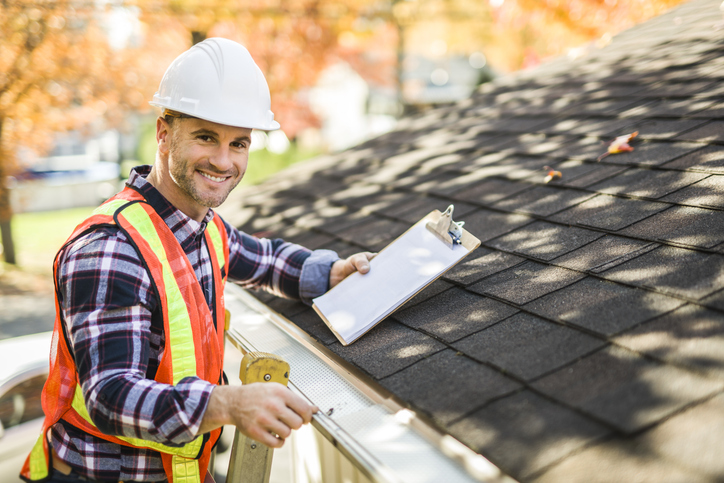
The Best Time to Schedule Roof Repairs: Why Autumn Is Not Too Late
November 20, 2025
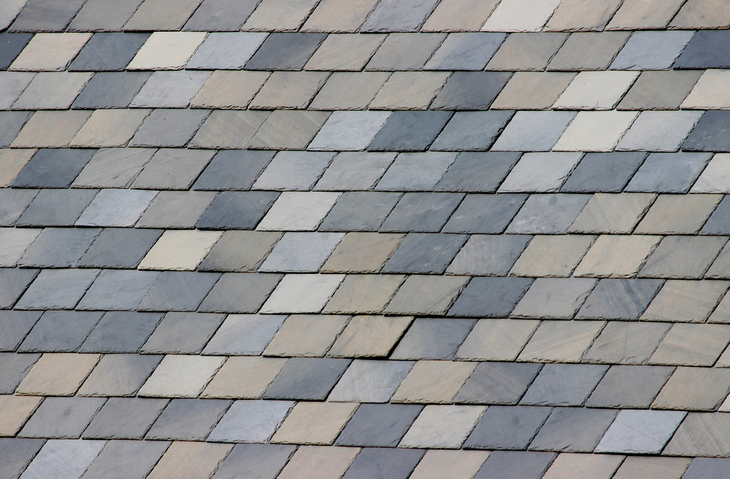
Common Signs Your Slate Roof Needs Repair
November 18, 2025

How to Maintain Your Gutters Year-Round & Avoid Water Damage
November 13, 2025

How New Siding Can Increase Your Home’s Value & Energy Efficiency
November 5, 2025
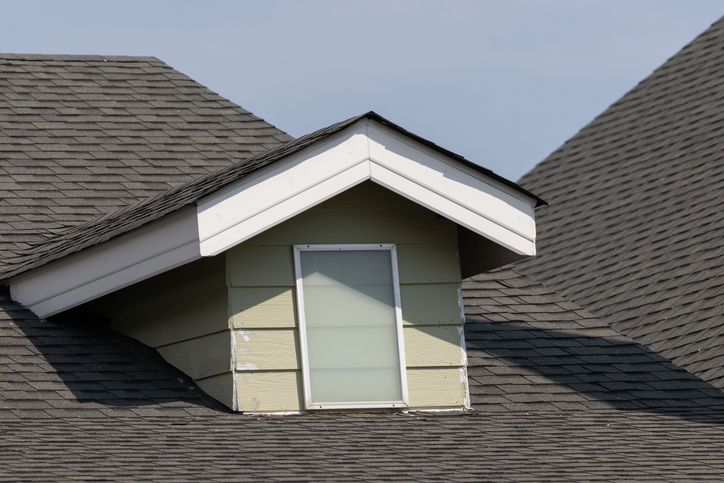
How Weather in Fairfield County Affects Your Asphalt Roof & What You Can Do About It
October 30, 2025

Color Trends in Siding
October 2, 2025
